Here is an approach using a comparator and minimum additional components, that would serve the purpose.
The key active part is an open collector comparator such as the Linear Technologies LT1011. Substitute this with any open collector / open drain comparator that operates with a single supply ranging beyond 9 Volts.

simulate this circuit – Schematic created using CircuitLab
- The "Bias Setting" block sets an adjustable bias voltage for the signal.
- The Peak Detector block detects peaks of the signal including the DC bias added in the previous block. Thus, the resultant voltage is
DC_Bias + V1_peak - V_diode.
- Adjust the bias such that the
DC_Bias - V_diode value is just below the voltage of the voltage divider made up of R3 and R4. When the 75 mV peak input signal is added to it, the result will be just above comparator threshold
- The comparator is an open drain, so it will allow current through the LED + R5 when the output is conducting. If the sense (on v/s off) is inverted, simply interchange the + and - inputs of the comparator.
- Totem pole or other comparators will work as well with minor or no changes to the output side if those comparators are more easily available than an open drain / open collector one.


